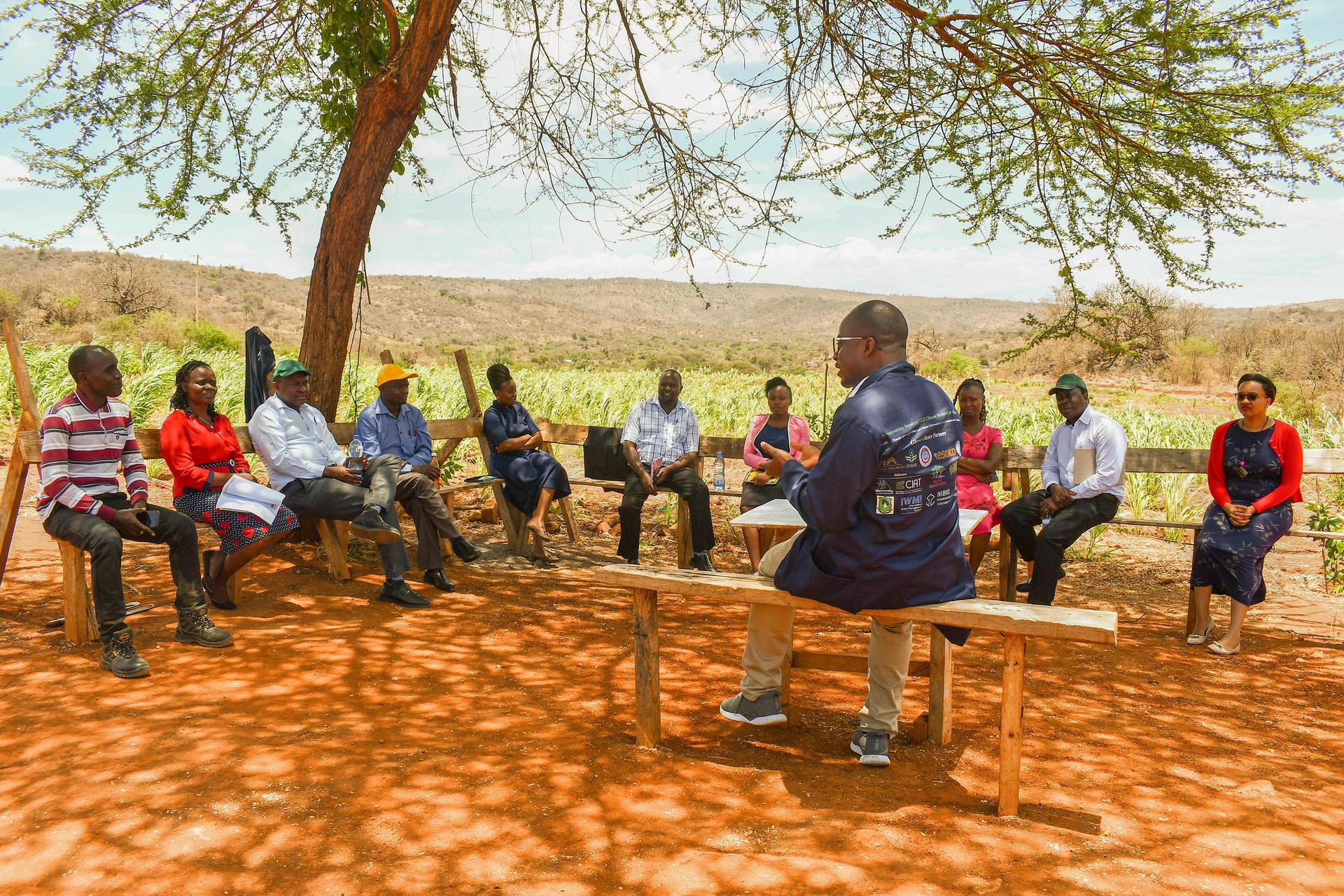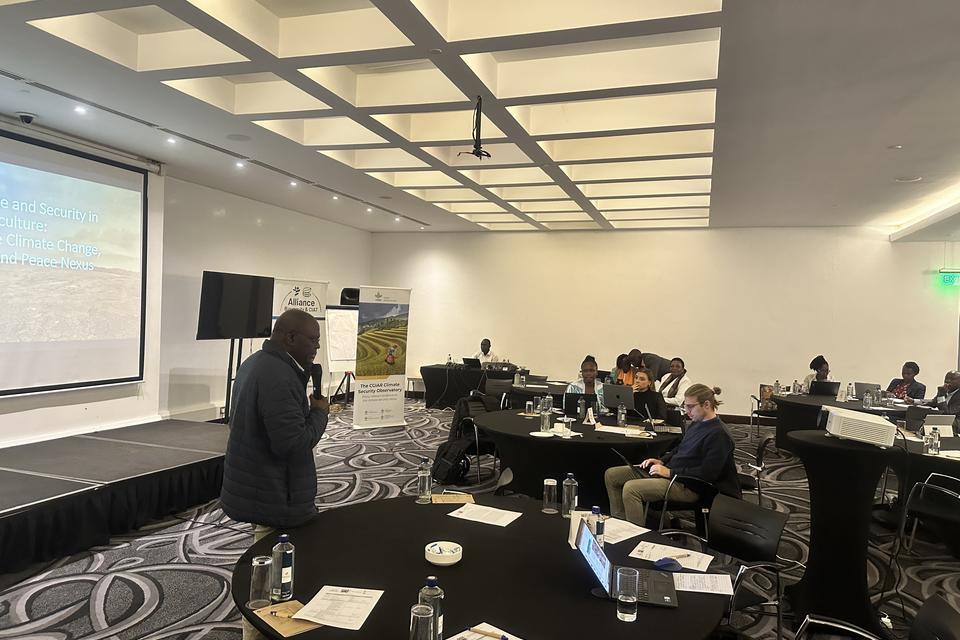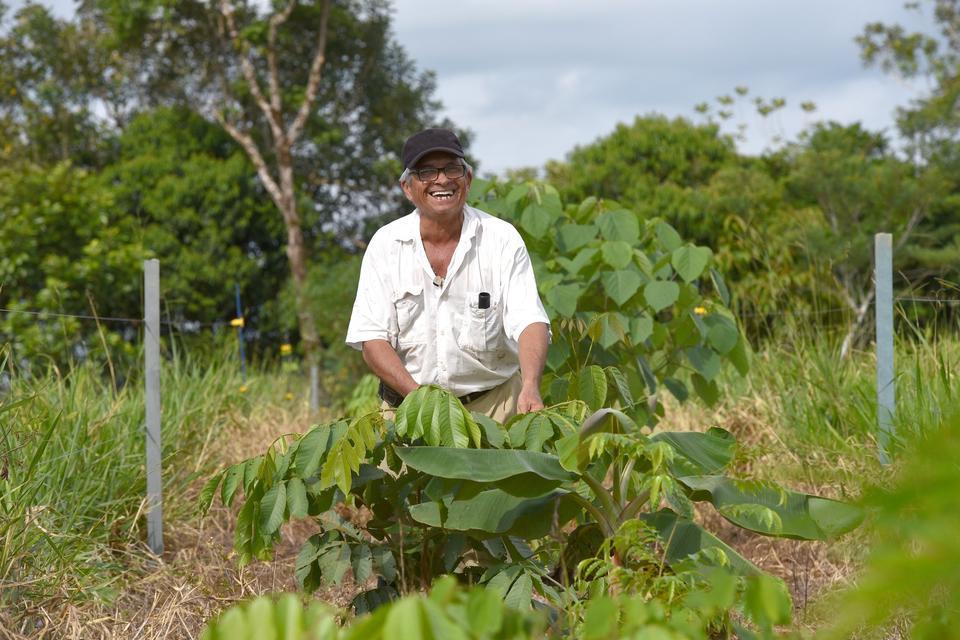Blog Climate Case Study: Climate Security Observatory

-
HOW does the climate worsen the root causes of conflict?
-
WHERE are the most vulnerable areas to climate-induced insecurities?
-
WHO are the vulnerable groups to climate and security risks?
-
WHAT can be done to break the vicious cycle between climate and conflict?
These are the questions addressed by the Climate Security Observatory (CSO): a decision support tool developed by the Alliance, to support stakeholders in understanding and responding to climate-related security risks.
Extensive research – both Alliance-led and external – shows how climate variability and extreme weather events can significantly aggravate existing drivers of conflict and can indirectly exacerbate underlying challenges and social tensions. For example, communities with ongoing difficulties accessing water may be forced to migrate due to increasing drought, putting their livelihoods and social networks at risk; or, if communities choose to remain in increasingly water-insecure regions, existing socioeconomic inequalities may be reflected in unequal access to water, thus increasing social tension and perhaps leading to conflict. The threat of climate variability on human security is particularly concerning in regions with existing social tensions, marginalized communities, and high levels of inequality, which already undermine social cohesion. Therefore, a vicious cycle between climate and security exists, whereby climate exacerbates root causes of fragility and conflict and fragility and conflict make people more exposed and vulnerable to climate impacts. However, there is still insufficient policy-oriented research on the mechanisms that link climate to security to guide policymakers in targeting and prioritizing areas and populations that are affected by compound risks of climate and security.

How does the CSO contribute to transforming climate adaptation into an instrument for peace?
To date, the CSO online platform gathers and analyzes global data and indicators of climate risks, environmental changes, the state of peace and security in the regions most affected by climate change, and underlying socioeconomic challenges, to understand how these indicators may interact and impact security in different regions (the Climate Security Pathway Analysis; Hotspots Analysis; Mediation Analysis; Network Analysis; Community Voices; the Climate Security Dialogues Dashboard; the Climate Security Index). It also provides tools and guidelines to assess and improve the peace potential of climate adaptation interventions (the Climate Security Sensitivity Tool), to increase the conflict sensitivity of climate finance (the Climate Security Programming Dashboard), to prioritize climate-smart practices that can contribute to peace (the Climate Security Investment Plans) and to assess and increase the coherence of policy and programming frameworks that address human security risks and build resilience in a comprehensive manner (Climate Security Governance Analysis and Policy Coherence and Awareness Analysis). The goal of the CSO is to increase the global understanding of the current climate security landscape to transform traditional climate adaptation approaches into instruments for conflict prevention and sustained peace.
Success story: The incorporation of climate security into Kenya’s climate change adaptation and mitigation strategy
The application of the CSO to inform Kenya’s 2023-2027 National Climate Adaptation Plan III (NCCAP III) is a clear example of how Alliance and CGIAR research on climate security is supporting conflict-prone countries to integrate conflict mitigation into their climate change action plans.
Kenya is at high risks of the impacts of climate change, with five consecutive rainy seasons providing insufficient water for irrigation, putting strain on agricultural production and leading to the displacement of agricultural communities. Alongside this, Kenya faces ongoing security threats including disputes over natural resources, inter-ethnic violence, drug trafficking, terrorism, and significant inequality.
Alliance climate security researchers have worked with the Kenyan government through the CGIAR Climate Resilience Initiative to apply CSO risk-assessment tools, providing evidence of risks and recommendations to improve security. As well as the incorporation of CSO-identified climate security risks in the country’s adaptation plans, CGIAR scientists are working with the Kenyan government and the Jomo Kenyatta University of Agriculture and Technology to co-develop a Climate Peace and Security course that promotes the upscaling of climate-smart agriculture as a driver of peace for conflict-prone communities. The course will be offered to national and regional stakeholders, with plans for the university to incorporate the content into its curriculum for relevant study programs, ensuring that young professionals graduate with knowledge on climate change, security, peace building, with tools to manage the interconnections between these.
Learn more
The Climate Security Observation is developed by the Alliance’s Climate Security research team, which is one of our four Climate Action work areas. Discover our work on low-emissions food systems, climate information services and climate readiness here.
See Also



